Penguin 2.1: Toxic Links Case Study
Sometimes even when you’re armed with the latest of information you can still get hit with changes by Google. All too frequently now we are getting new clients from other online marketing providers who present with a myriad of toxic links deployed. Everything from links to sites with malware deviously waiting for an unsuspecting visitor to Chinese and Russian language posts that are completely irrelevant. And with each update to Google’s Penguin algorithms, those client’s sites keep losing more and more traffic, rankings and revenue.
This high level Penguin 2.1: Toxic Links Case Study is for a website who endured a deep Penguin 2.0 penalty in mid-May 2013 and which has now been hit badly again by the Penguin 2.1 update at the beginning of October. This brief analysis looks at the many failures of paid link building in its current form and what you can anticipate if you continue to purchase link-building. Outmoded tactics like overused anchor text links on untrusted pages will continue to hurt your rankings now that Penguin 2.1 arrived.
Google’s latest Penguin update (Penguin 2.1) was launched October 4th 2013. According to the head of Google’s Webspam team, Matt Cutts, approximately 1% of all search results were influenced by this Google update. Penguin 2.1 algorithm update was aimed towards paid and spam links, such as forum spam, ‘do follow’ links, blogs, blog roll spam, spammy web directories and blog comment spam.
When searching for a reason for the penalty, the unbalanced approach soon became clear: Too many of the same keywords in the anchor text. Nothing looks less organic than 10,000 links with the same key phrases over and over. Look at the relative distribution of the website’s anchor texts. 75% were redundant and duplicated. This website’s backlink profile looks very unnatural when you consider that most natural links would not have identical key phrases. It is apparent these are paid links deployed to ensure better ranking results for the keywords targeted. This high percentage of keywords is most likely a big part of why this site was hit by the Penguin 2.0 update and again by the recent 2.1 update.
After having analyzed the anchor texts other evidence of intensive link building was found by looking through other metrics of the backlink profile of the website. Only 2% of all backlinks had a PR value higher than 2 out of 10. It would appear that nearly all of the links could be considered spam and thus ripe to be devalued by the Penguin updates. Referring top domains should have at least a PR higher than 3 to be considered as valuable links. More than 90% of the referring top domains failed to meet this minimum requirement.
The research clearly show that the website has a lot of spammy, untrusted links, another sign of paid link building, link buying or even black-hat SEO. There are too many link directories, blogs and article directories which make up more than 50% of all links. More than 10% of all links come from only 3 IP Addresses i.e. 3 link networks. Three issues became immediately apparent:
- All the links come from a ‘directory’ subdomain
- All the links used the same identical anchor text
- All the links from the three domains are nofollow
If used excessively even nofollow links can be considered as spam especially when deployed on a link network.
This site gets a lot of its backlinks from link directories, article directories and blogs. Every nofollow link has the same anchor text to manipulate search engine positions. Link and article directories are typically considered toxic links. Link networks are against Google guidelines. These links were clearly built on purpose to manipulate the SERPs and now the website has been penalized for using these techniques. With more than 50% of the toxic backlinks holding deadly risk and only 2% healthy links in total, this website should take action very quickly to avoid further damage to their search engine ranking and get rid of these links or disavow them immediately. Nearly one third of all links need to be removed immediately.
As these links are ‘follow’ and aren’t advertisement links. There is no other explanation than a link building company was paid to attempt to manipulate Google search engine’s ranking algorithm. Obtaining links for money is against Google guidelines. Advertisement links should always be tagged ‘no follow’ to fulfill Google guidelines to differentiate between paid link building and organic link building.
As mentioned earlier, link removal started in April 2013, most likely due to Penguin 2.0 released in May 2013. Perhaps the website received a manual link warning from the Google webspam team. After Penguin was launched, a lot of links were removed. We can assume that this was a reaction to the loss of SEO rankings due to the Penguin update. The owners reacted to the drop in the SERPs by paying for even more links. A closer look at the links that were removed show how toxic they were and it was the right decision to remove them. Unfortunately, 20% of these links were actually healthy backlinks and the website could have kept them. Sometimes losing a backlink cannot be avoided and perhaps this was the case.
Overall, it was a very good decision to remove these links, but as seen from the backlink analysis, these actions were not enough as there are still so many toxic and spammy backlinks pointing to the website.
There were other SEO factors that also account for the drop in the search engine positions including onsite problems with the website:
- 30% of web pages have a duplicate title
- 40% of all pages have the same title as the H1
- 30% of all pages have no meta description
- 30% of all pages have a duplicate description
- 40% of all descriptions are longer than the maximum of 156 characters
- 20% of all descriptions are shorter than 70 characters
- 60% of all pages don’t have a H1
- 15% of all pages have a duplicate H1
- Poorly defined sitemap.xml and robots.txt
The issues with the sitemap.xml and robots.txt means that the Google crawler can’t crawl the site efficiently. This problem should be fixed immediately as SE bots need access to your sitemap and optimized robots.txt
Seven reasons why the site was hit by Penguin
- Intensive keyword link building: 70% of all links anchor texts are duplicate
- Spammy and untrusted links: 93% of all referring sites have PR of 0
- Domains: More than 50% of the referring domains are not indexed
- Link networks: Thousands of links from various domains on one IP address all having the same anchor text
- Link directories, article directories and blogs: Excessive usage of web and article directories on subdomains
- Link Detox Risk: Only 3% of all backlinks are healthy
- Site audit: Onsite issues may not have led directly to a penalty but the site would rank better if these problems were solved
It looks as though owner of the website put a lot of effort into building a lot of keywords links on untrusted sites and was therefore penalized by Penguin 2.0 in May 2013 and again by Penguin 2.1. in October. This link profile is exactly what Google’s Penguin updates are designed to weed out.
Recommendations
Create a clean and healthy online profile:
- Complete link audit of all existing backlinks
- Manual removal of all toxic and untrusted risky links even if this means that the website loses the vast majority of its backlinks
- Toxic links that cannot be removed should be submitted to Google as a disavow links
- Submit a reconsideration request to Google
- New SEM links should use branded anchor texts
- No more excessive or high risk paid link building techniques
- The onsite issues should be fixed quickly, including the problems with the sitemap.xml
Be real. Don’t try to trick or game the system. Develop real relationships with real people. If the Penguin 2.1: Toxic Links Case Study sounds familiar, don’t despair. We can help. Don’t hesitate to contact us at 602-538-4504 or info@bijoumind.com.



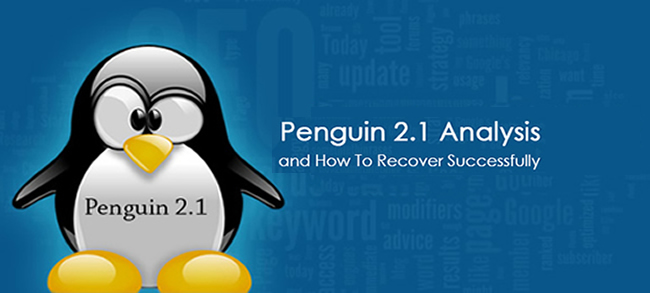
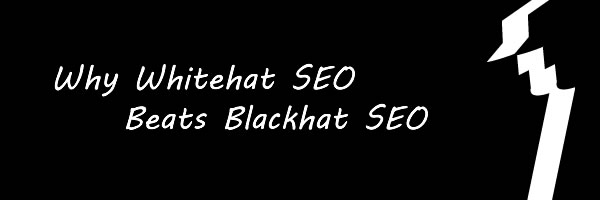

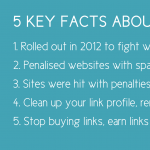
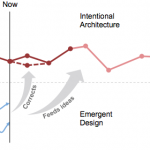

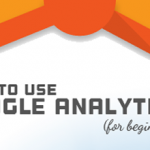

Here today and gone tomorrow – that has been the case for search engine rankings of our company’s website over the past few years. Google’s algorithm has evolved and with updates like Panda, Penguin, Hummingbird and Pay Day Loans, our business suffered from overnight ranking drops. What to do?
BijouMind Interactive did a thorough audit and showed us what to remove: The toxic links (in addition to disavowing). We decided we would use internal resource in our IT department to handle this for our company.
This was not at all easy and very labor intensive. First we needed to find a contact email address or email form for each of the backlinks and emailed each and every one of them requesting removal. Often we get no response at all or if we did they asked us to provide proof we were the site owner before they removed the link(s).
Thorough it all, BijouMind Interactive was there to review our efforts and suggest recommendations to improve our results. 6 months later, we’re almost done and our rankings are returning to normal. In fact, they’re better than ever. We couldn’t have done it without you!